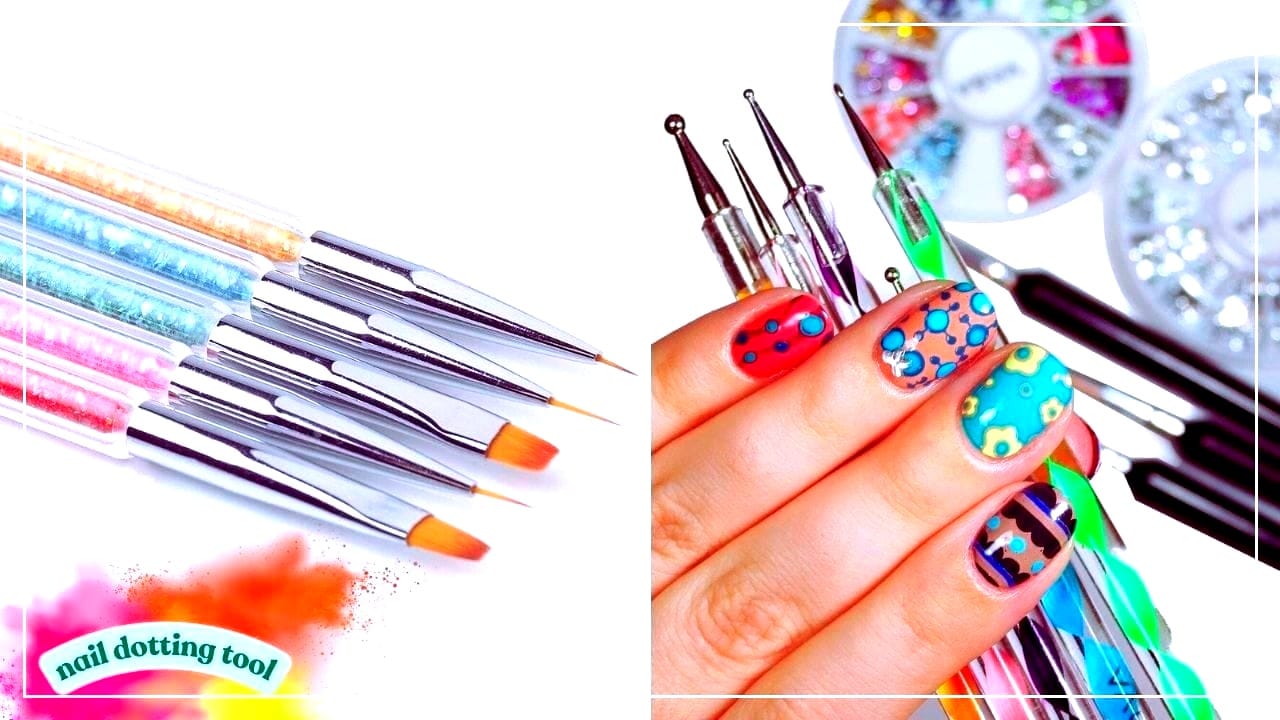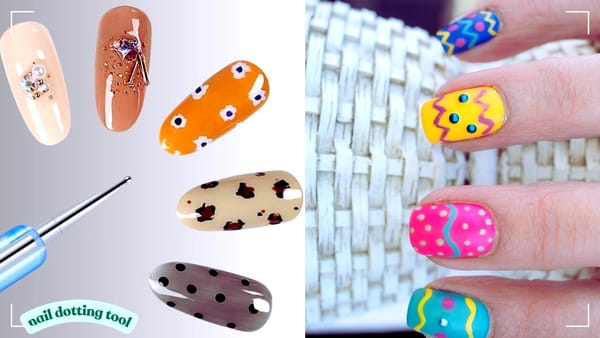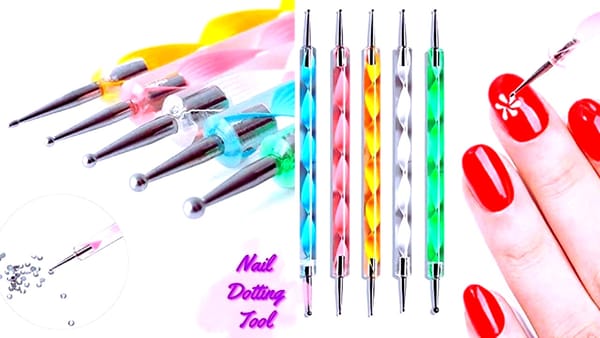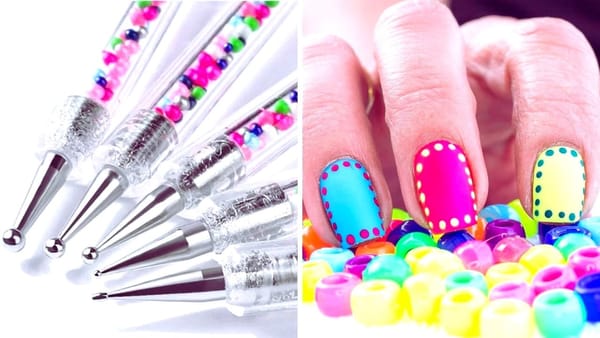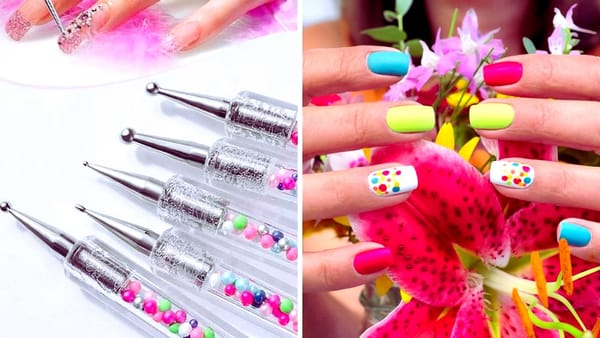Dotting tools are an essential part of any nail artist's kit, used to create beautiful designs with precision and flair. But like all tools, they require regular maintenance to keep them in top condition. Whether you're a professional nail artist or a mandala art enthusiast, knowing how to clean your dotting tools is crucial for ensuring the quality of your work remains high.
Key Takeaways:
- Learn the step-by-step process to clean dotting tools effectively.
- Discover the best products to use for maintaining your dotting tools.
- Understand how to protect the longevity and precision of your dotting tools.
Gather Your Cleaning Supplies
Before you start the cleaning process, it's important to have all the necessary supplies at hand. You'll need nail polish remover or acetone, a paper towel or a clean cloth, and possibly some mild soap and water. For those who use their dotting tools for mandala art with acrylic paints, having a liquid cleanser designed for brushes may be beneficial.
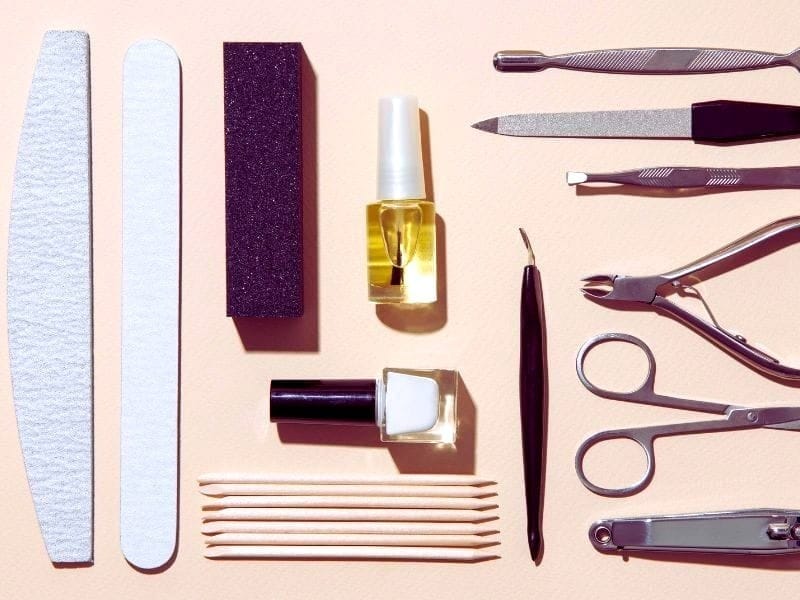
Remove Excess Nail Polish
If you've been working on nail art, the very end of your dotting tool is likely covered in nail polish. To begin the cleaning process, simply dip the tip of the tool into nail polish remover or acetone. This will help to dissolve the polish, making it easier to wipe away. For mandala art tools, a small amount of liquid cleanser can break down the paint.
Wipe the Tool Clean
Once the excess polish or paint has begun to dissolve, use a paper towel or cloth to gently wipe the tip of the dotting tool. Rotate the tool as you wipe to ensure all sides are cleaned. Repeat this step until no more color comes off on the paper towel.
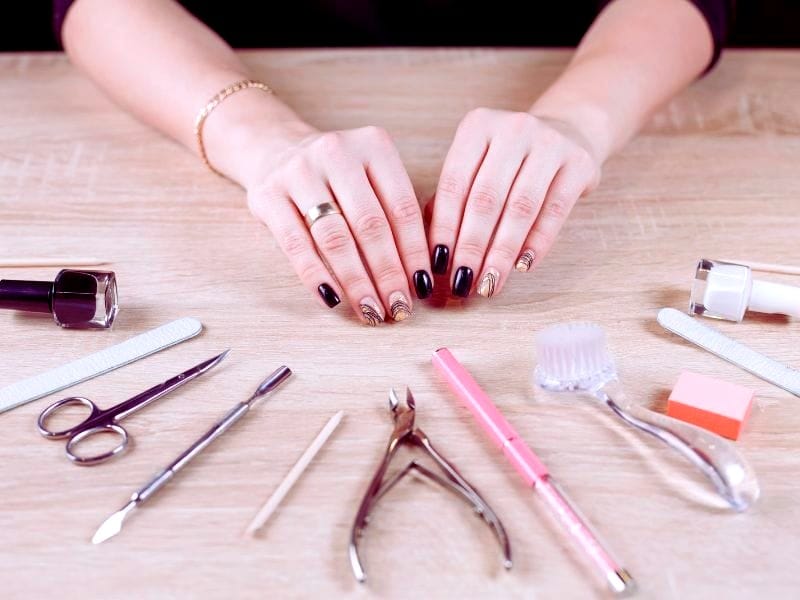
Deep Clean with Soap and Water
For a more thorough cleaning, especially if switching colors frequently, dip the dotting tool into a mixture of warm water and a small amount of mild soap. Swirl the tool in the water to help loosen any remaining polish or paint. Then, remove the tool and wipe it clean with a paper towel.
Dry Your Dotting Tools
After cleaning, it's important to dry your dotting tools completely to prevent any rust or damage to the metal. Press the tool against a dry paper towel to remove excess moisture, then lay it flat to air dry. Ensure the tools are completely dry before storing them to protect the tip shape and prevent any mold growth.
Store Your Tools Properly
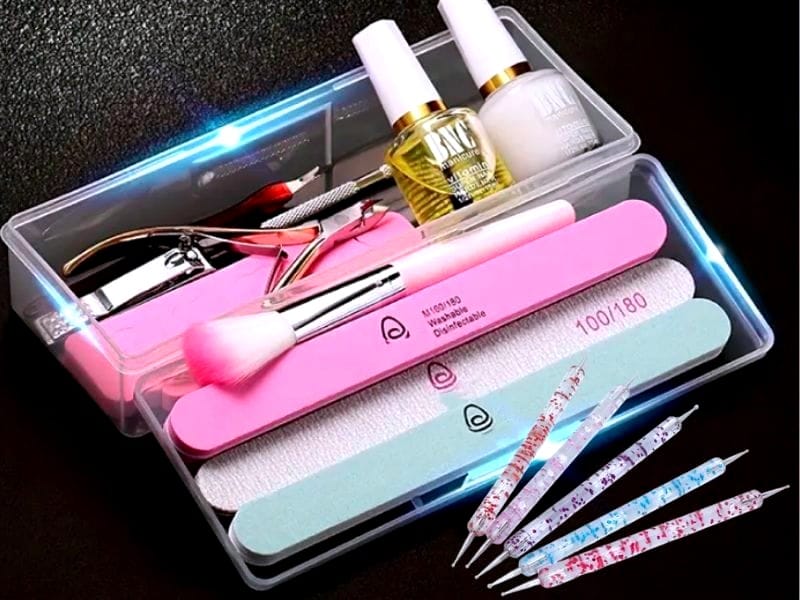
Proper storage is key to maintaining the quality of your dotting tools. Store them in a dry place, ideally in a case or holder that keeps them separated and protected. This will help to keep the tips in perfect shape and prevent any accidental damage.
Regular Maintenance is Key
To keep your dotting tools in the best condition, make it a practice to clean them after each use. This will not only make the cleaning process easier but will also ensure that your tools are always ready for your next design. Regular maintenance will extend the life of your tools and save you time in the long run.
Summary
Cleaning your dotting tools is a simple yet essential part of nail art and mandala creation. By following these steps—removing excess polish, wiping the tools clean, deep cleaning with soap and water, drying, and proper storage—you can ensure your tools remain in excellent condition. Regular maintenance will keep your dotting tools precise and effective, allowing you to create beautiful dot nail designs with ease.
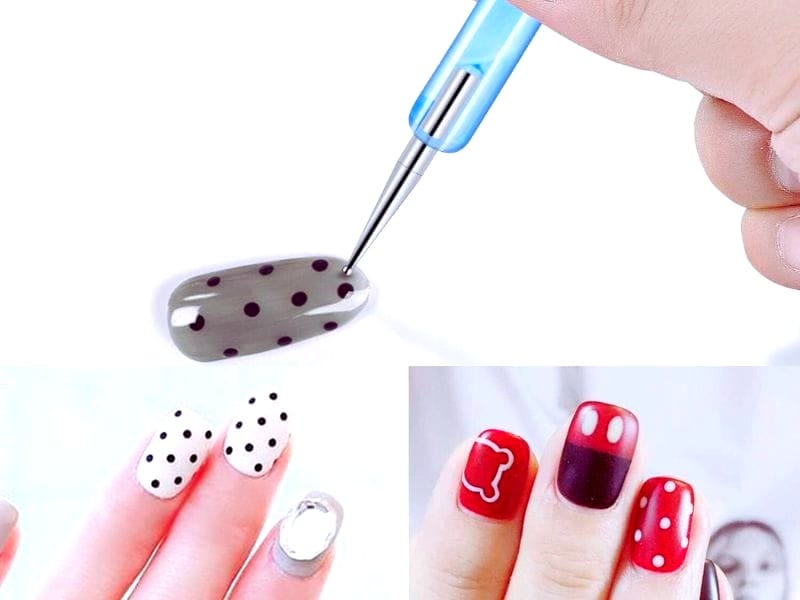
FAQ Section
Can I use regular nail polish remover to clean my dotting tools?
Yes, regular nail polish remover or acetone is perfect for dissolving nail polish on your dotting tools. Just be sure to follow up with a thorough wipe to remove all residue.
How often should I clean my dotting tools?
It's best to clean your dotting tools after each use. This prevents the build-up of polish or paint and makes the cleaning process quicker and easier.
What should I do if the polish doesn't come off after soaking and wiping?
If the polish remains after soaking and wiping, you may need to repeat the process a few times. For stubborn residue, gently use a nail brush or an old toothbrush to scrub the very end of the tool, then rinse and dry thoroughly.
